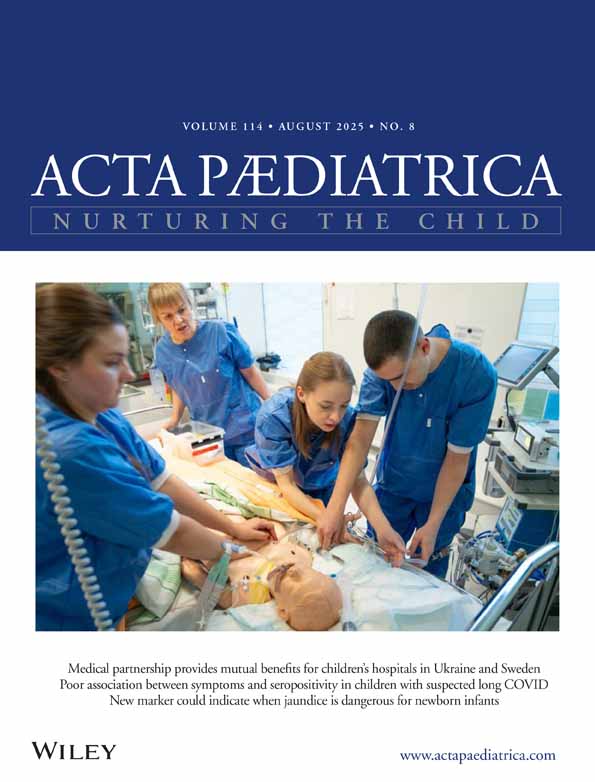Changes in Doppler ultrasonography in asphyxiated term infants with hypoxic-ischaemic encephalopathy
Abstract
Cerebral blood flow velocity was assessed by pulsed-Doppler ultrasonography in 39 asphyxiated and 35 healthy term newborn infants during the first days of life. Asphyxiated infants, investigated at the age of 12 ± 2h, with moderate stage hypoxic-ischaemic encephalopathy (HIE) (n= 7) had decreased (15.6 ± 3.9cm/s) and infants with severe stage of HIE (n= 8) increased (26.5 ± 9.6 cm/s) mean cerebral blood flow velocity in medial cerebral artery compared to the control group (20.9 ± 3.7 cm/s). Four out of six infants with severe stage of HIE and mean cerebral blood flow velocity of 3 SD above the mean for normal infants at the age of 12 h died and two developed multicystic encephalopathy during the neonatal period. We conclude that severe post-hypoxic increase of mean cerebral blood flow velocity at the age of 12 ± 2 h is connected with development of severe stage HIE and poor prognosis.




